
10 Different Types of Headlines for When You’re Stuck
Us writers get stuck from time to time when writing headlines. It’s just science, I think. So, here are 10 different headline approaches to help jump-start your brain and get those creative juices flowing!

Headlines. We all know ‘em, and we all gotta write ‘em (mainly copywriters, but sometimes AD’s, and even Account peeps too!). Personally, I like writing headlines…but I didn’t always. It was actually what I feared most when I was getting briefed on a project. Afterward, I’d sit at my computer about to start writing, and just freeze. The page looked so big, so blank, and so empty. It stood there like two stacked skateboards decks in the parking lot after school, taunting me, telling me that I couldn’t ollie over them without falling flat on my face. I was terrified.
I. Was. Stuck.
Now, back in the day, which happened to be a Wednesday, a mentor happened to drop some Yoda-like advice when walking past my desk. “You must unlearn what you have learned,” he said. (It wasn’t Yoda-like TBH, he was straight up quoting Yoda). And maybe it was the Star Wars reference, or maybe it was the crippling anxiety of having nothing to show after two hours of “writing,” but when I heard this little tidbit of wisdom, something clicked. An idea popped into mind and I realized that I had always known WHAT to write, I’d just forgotten HOW to write it.
His advice reminded me of all those headline ads I loved and why I loved them. So I looked at them again, in old annuals and on the Interwebs and began deconstructing what made them so great in the first place. Once I did that, it wasn’t long until I was able to confidently put finger to keyboard.
For all those writers who get stuck, got stuck and will continue to stick to things, sometimes it just takes going back to the basics to remember how to write a good line. (And sometimes, it just takes a little pressure, a short timeline or a good night’s rest, but that’s for another blog). That being said, here are a 10 headline examples that are meant to help you get unstuck.
1. Simile
You’ve probably written a simile before and didn’t even know it. A simile compares two different things in an interesting way using ‘like’ or ‘as.’ These two ads are great examples of similes done right. Like, way right.
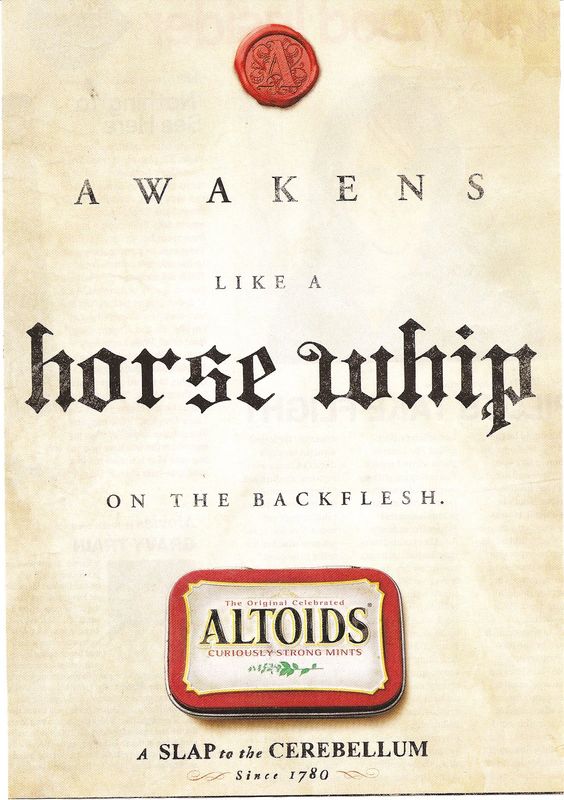
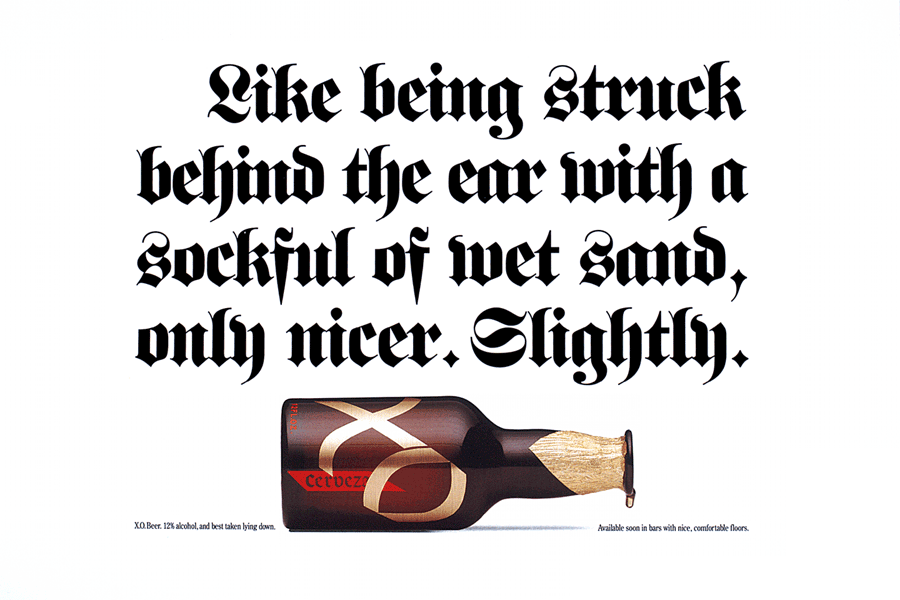
2. Hyperbole
A hyperbole can be a pretty epic way to get your point across. A hyperbole is an exaggerated statement or claim that is not meant to be taken literally. How many times have you heard your uncle tell a story and exaggerate the heck out of it? Well, that’s hyperbole, baby. Check out the ads below to see what I’m talking about.
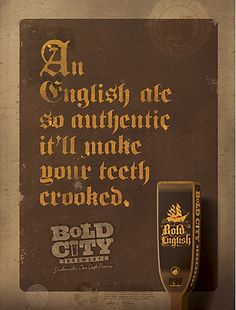
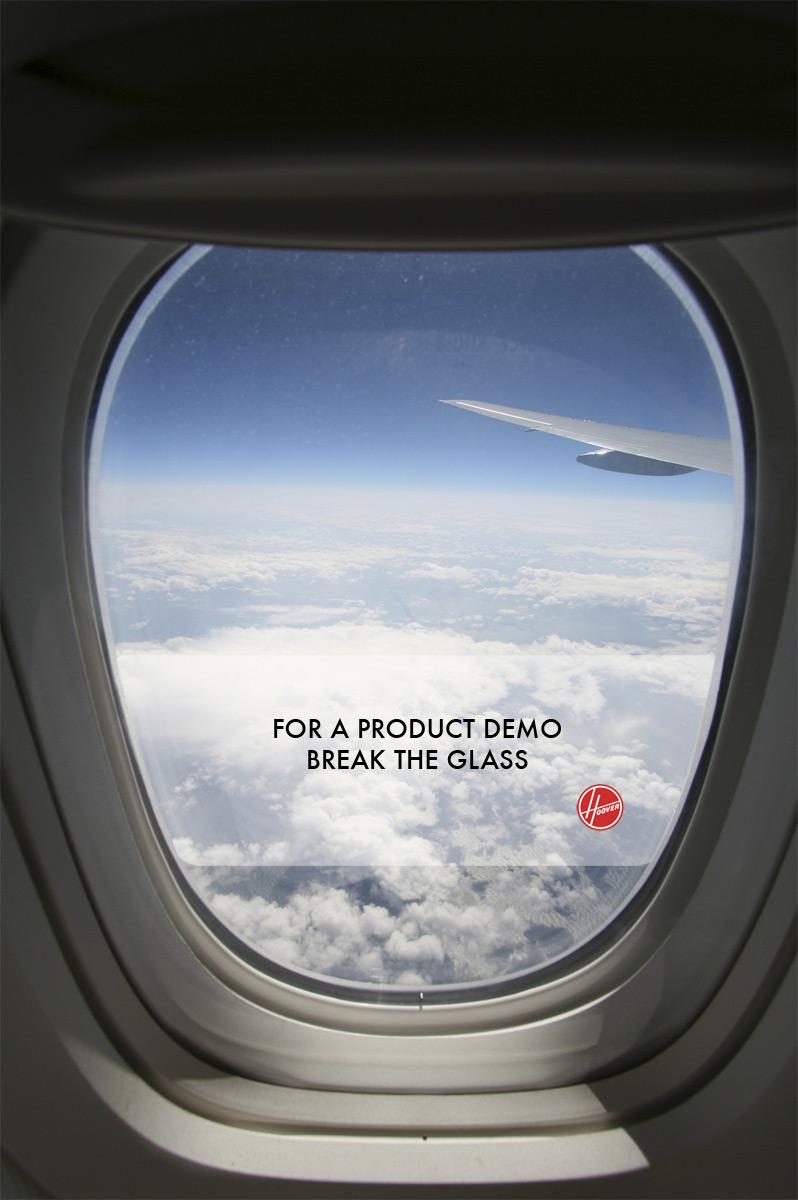
3. Parallelism
When you see parallelism at work, you’ll know it— there’s usually a deliberate repetition of a particular word in the headline. This ad from Harley Davidson is a perfect example that courts a lovely insight. The second example is a little bit of a different take on parallelism in that it parallels the words “hear” and “listen” through yet another super compelling truth. Seeing a pattern here?
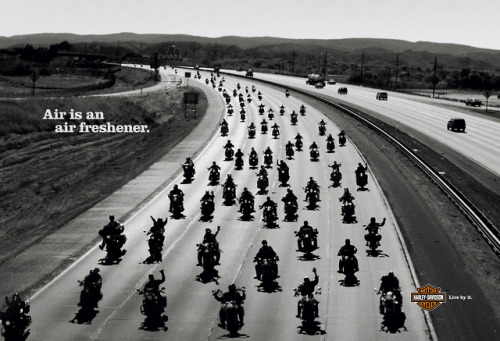

4. Personification
To personify means to describe an object as if it has human qualities. These ads, if done right in the right context, can be super interesting and give great personality to a brand or product.
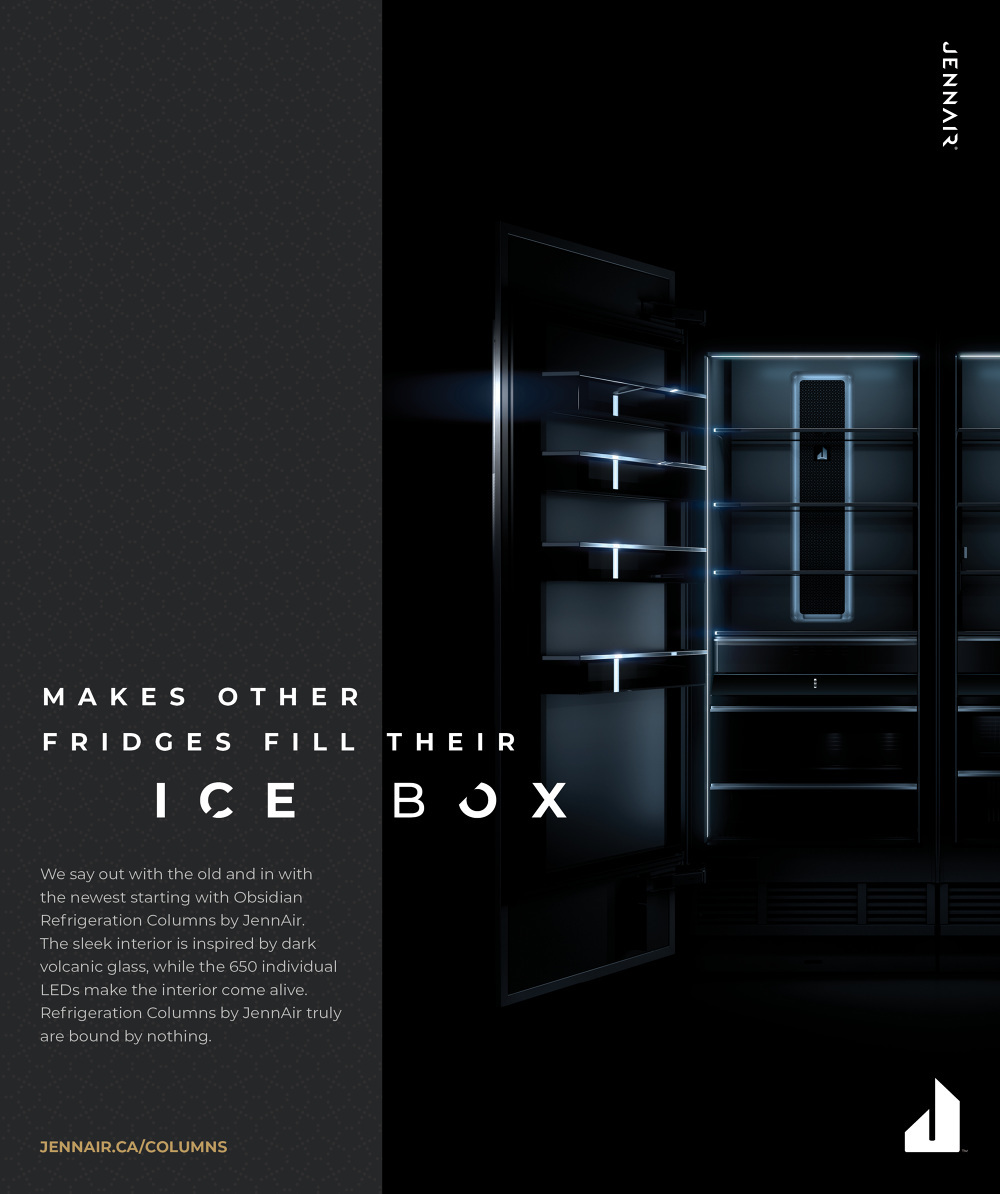
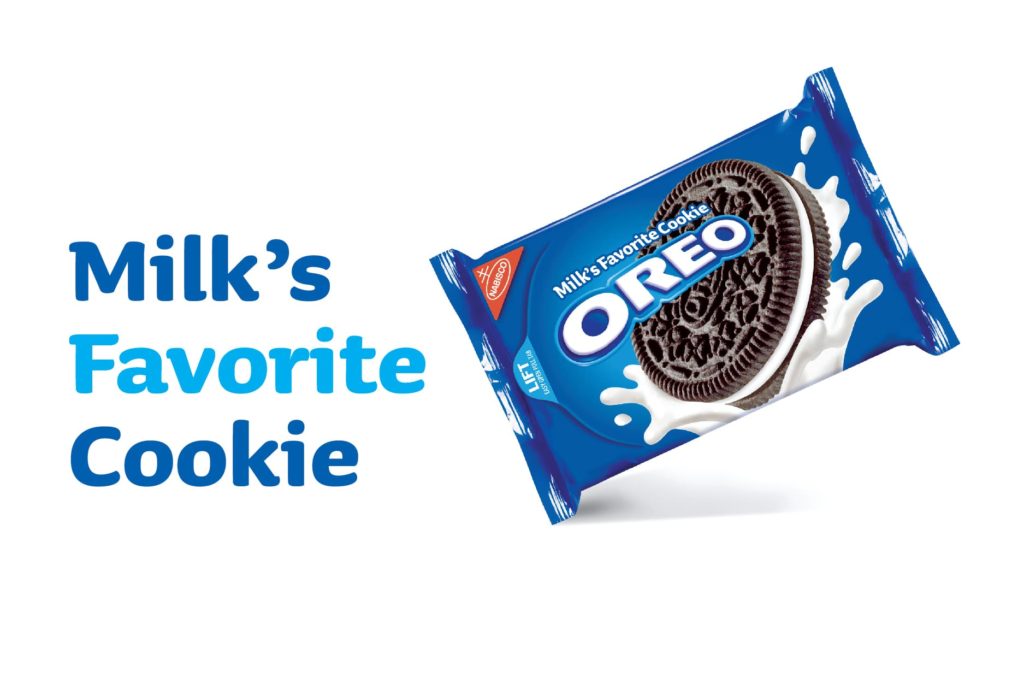
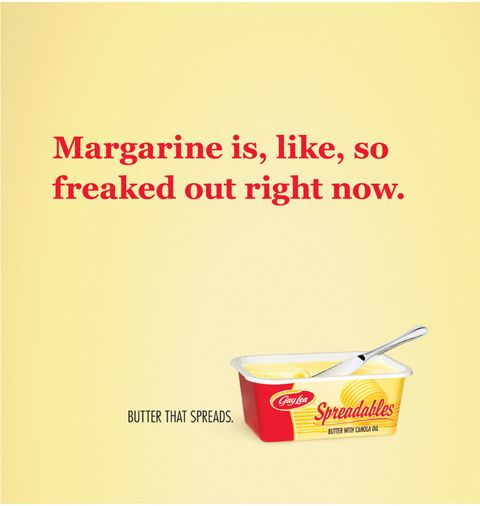
5. The Question Ad
Now, I warn against asking a question in any type of ad. The problem with “The Question Ad” is that the audience will almost certainly have an answer. And that answer may not be what you intended. But if done properly, the outcome can be unquestionably sweet. In instances where the question can only be answered with one answer, or it’s a rhetorical question, you may have yourself a winner. Regardless, it makes you think, like these next three examples do.

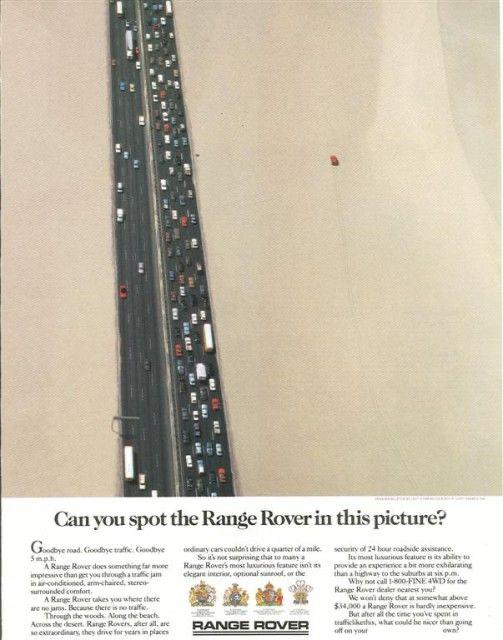
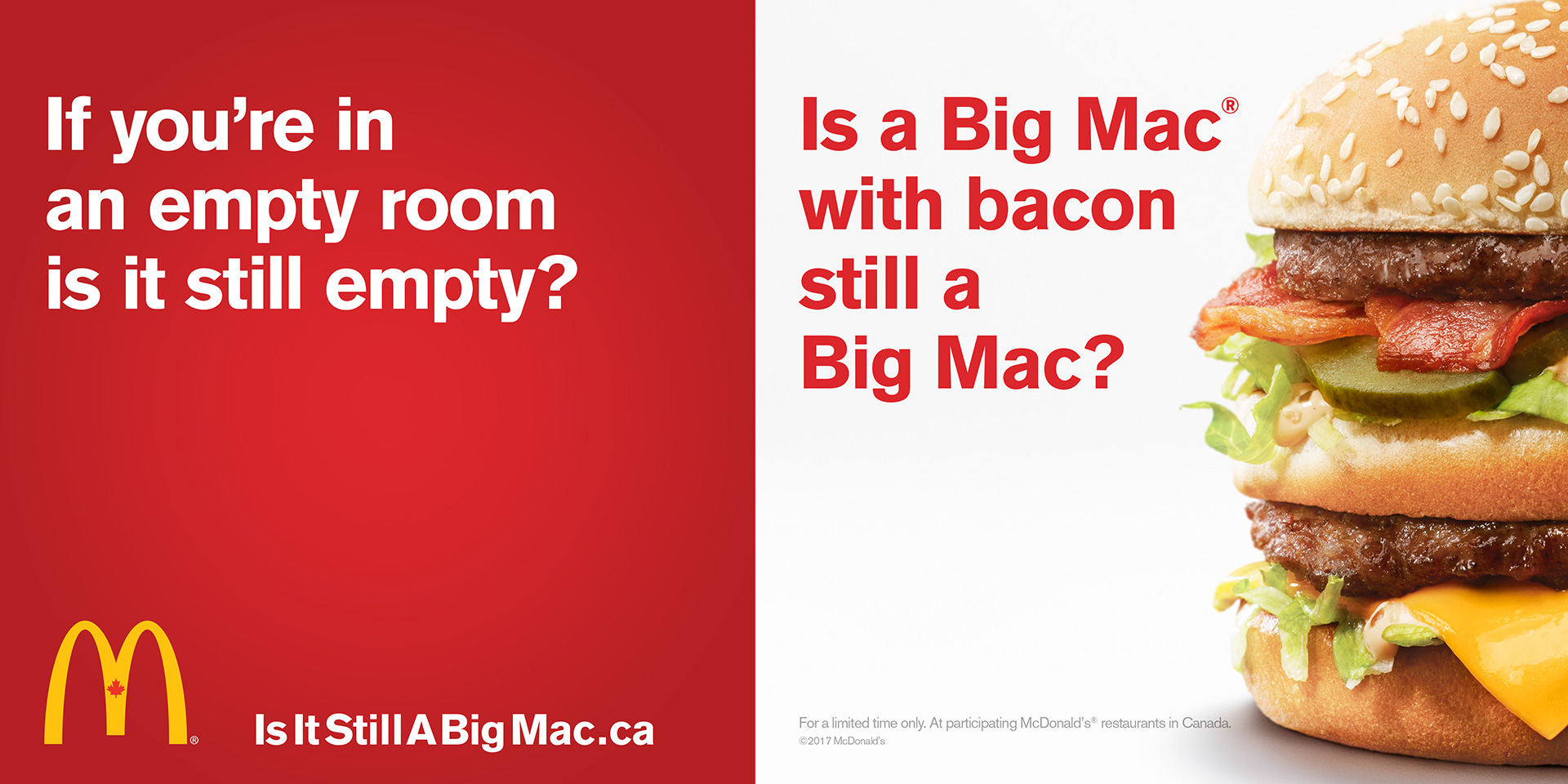
6. Turn of Phrase
Sometimes when I’m stuck, I’ll search for idioms or associated sayings that relate to the brand, product, or feeling I want to convey in my writing. Then I look at how I can twist those idioms or sayings to make them really sing. Here are two gnarly examples of taking a common phrase, then twisting them to make them about the brand.
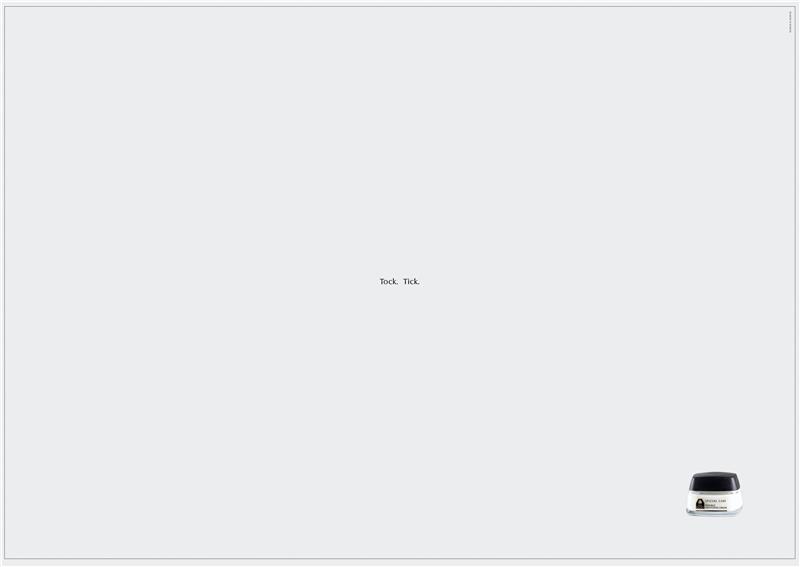
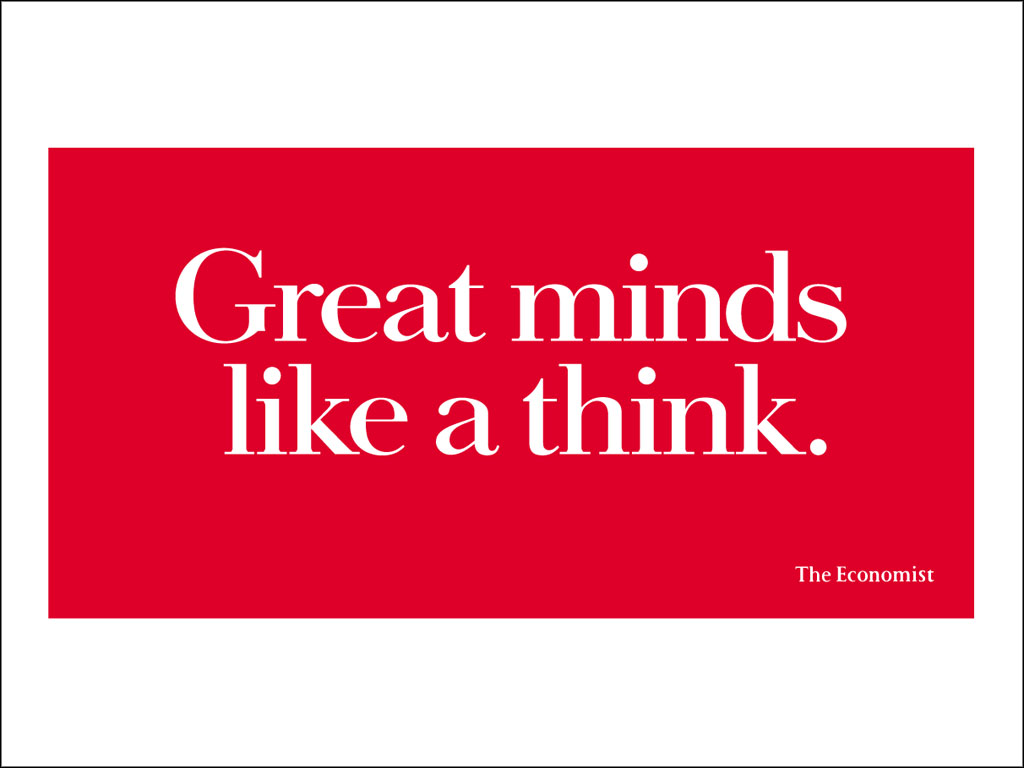
7. Anesis
Anesis is a particular favourite of writers, myself included. It’s used to make a fact or a statement, then have it all take a left-hand turn at the end of the headline. It’s meant to bring the reader in, then give them a treat for having finished reading the line, or even shock them in some instances. It’s good to note just how clever this next example is. And on packaging nevertheless!
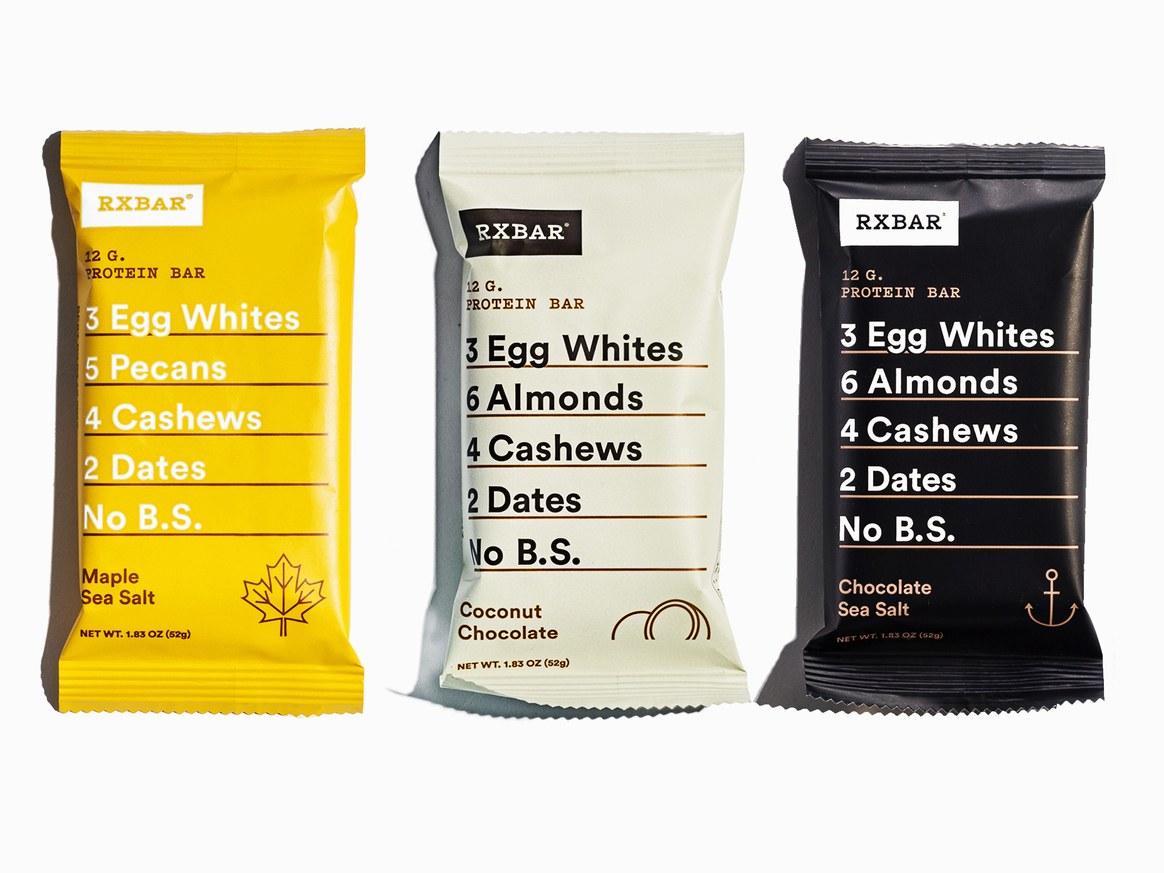
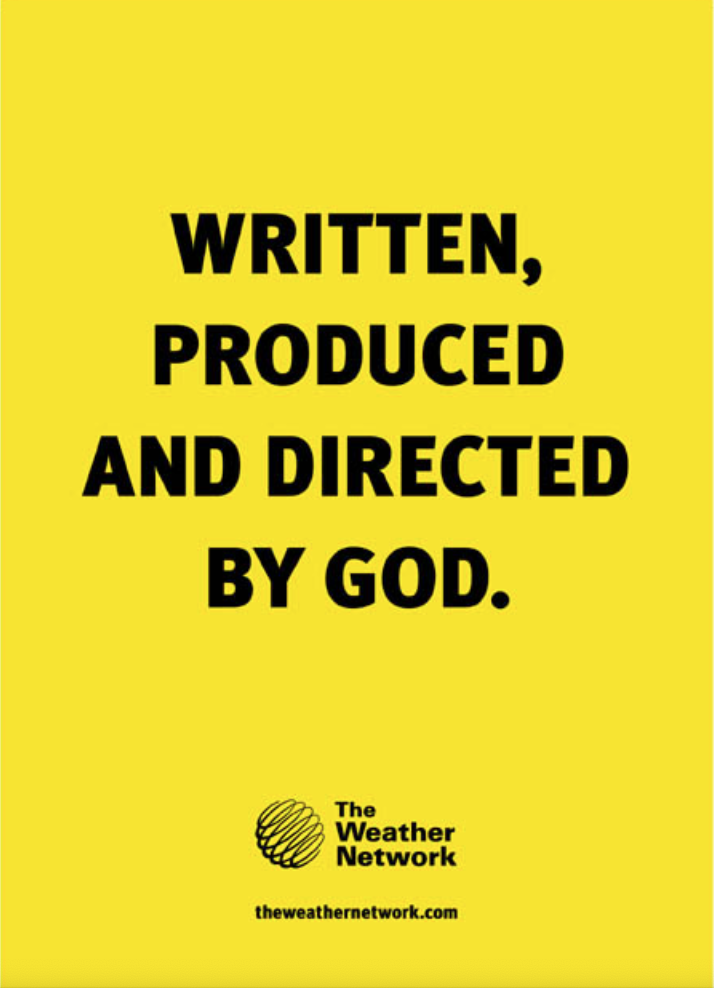
8. Metaphor
Metaphors make a comparison between two things that aren’t alike, but do have something similar in common. While they’re used to tell a visual story more than a written one, a written metaphor headline can be a godsend when you don’t have the luxury of a big budget. The examples below are perfect uses of a metaphor in copy.


9. Saying It Straight
Straight headlines, when paired correctly with a twisted visual, are the cherry on top of your ad you didn’t know you were hungry for.
The headline for this Budweiser ad really helps land the plane to bring home the visual. Did they need the headline twice (both above the cap and on the bottle)? Probably not. Regardless of that redundancy, the meticulous art direction makes you read the line first, and then see the visual, leading you down the page. Thus, the ad is doing just what it’s supposed to.
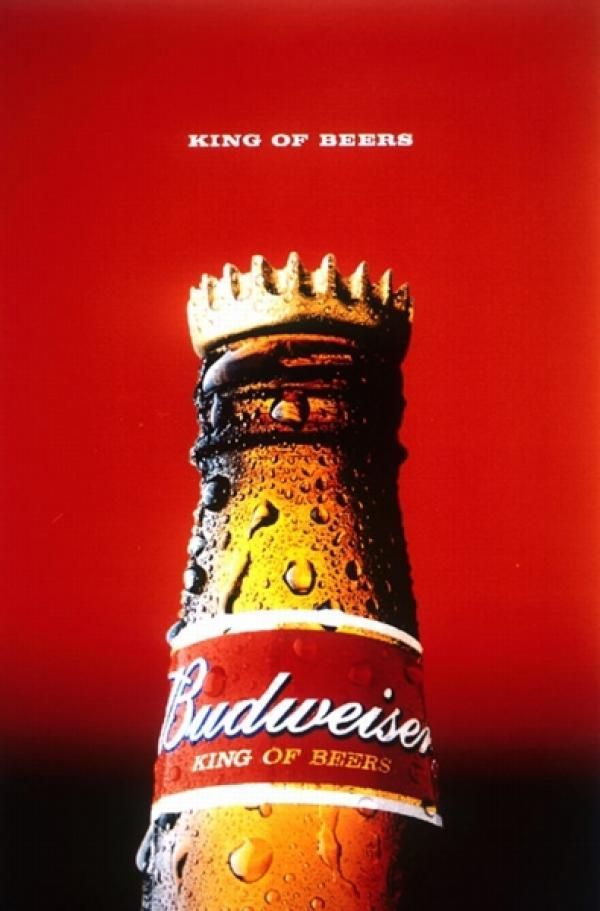
10. The No Headline Ad
As a writer, you’ll also have to think of super clean, straight headlines for ads with twisted visuals. But sometimes if you can’t think of the perfect headline for your visual, there’s a good chance it may not even need one. In these next two cases, one for The Economist and one for the Movieland Wax Museum of the Stars, saying less is saying more. And I’m sure you could agree, the ads are definitely stronger without lines.
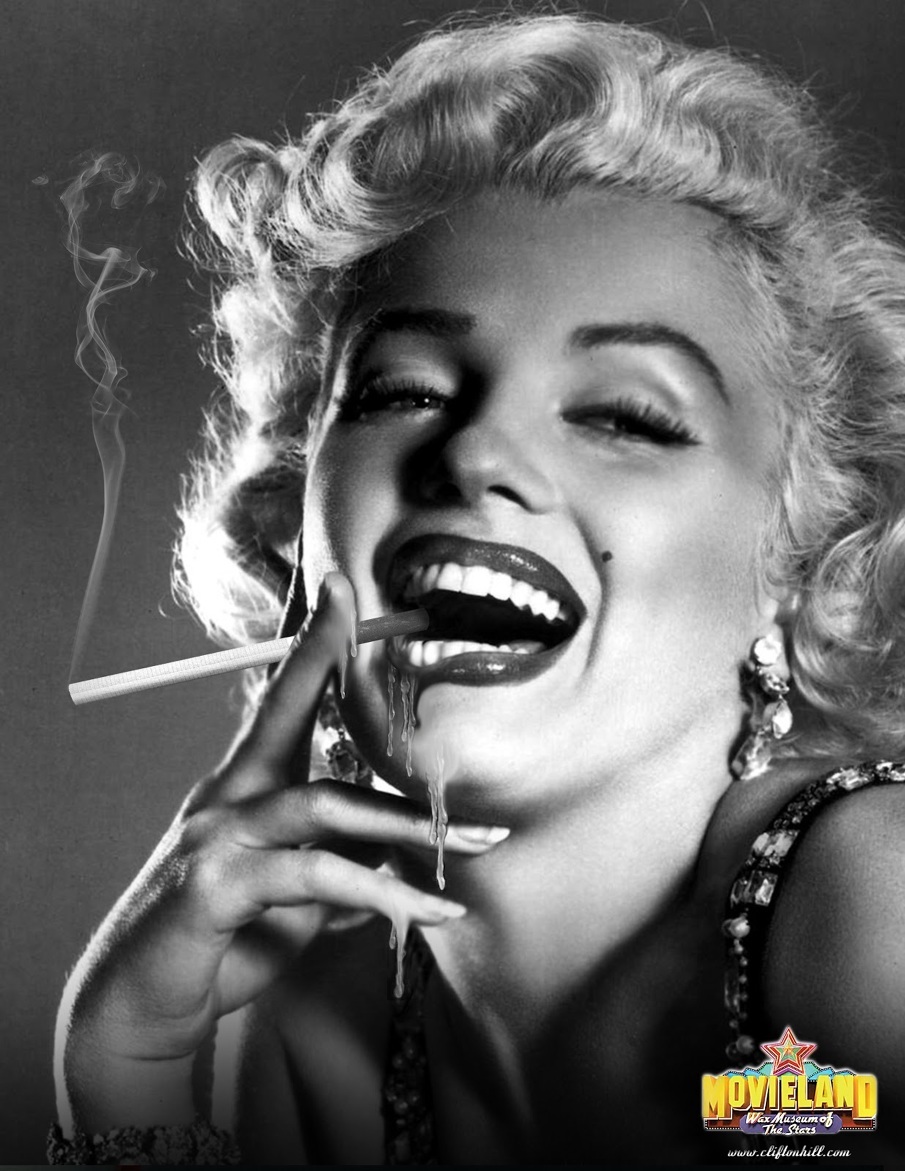
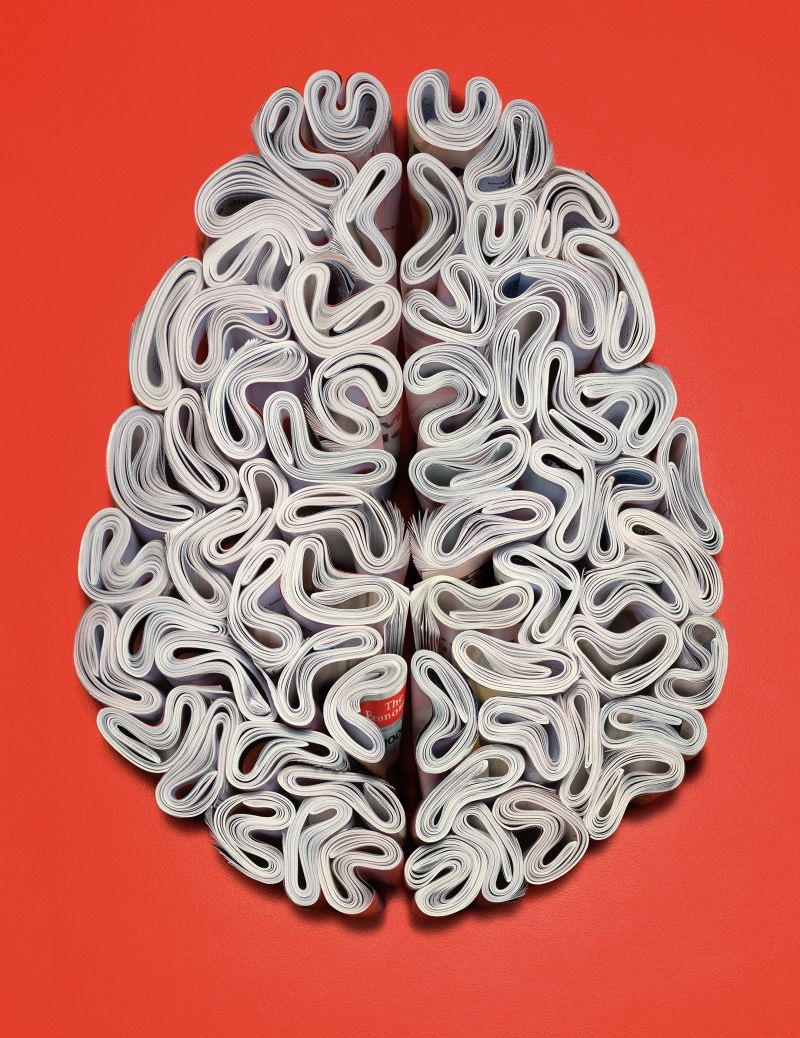
Well, there you have it. 10 headline examples to use when you’re stuck. Looking at legendary writers’ headlines for inspiration when I was stuck FOR SURE helped me write more insightful, more concise, and just plain better headlines. And it still does to this day.
Of course, this is just one writer’s opinion. Every writer is different and has their own methods of helping them hone their craft. And while there are many other different kinds of headlines beyond the ones listed above, like puns or irony to name a few, what’s most important is that you find a way that works for you.
Note:
Special thanks to Jef Petrossi, Ad Professor at Mohawk College, and Suzanne Pope’s “How to Write Headlines” for inspiration.



